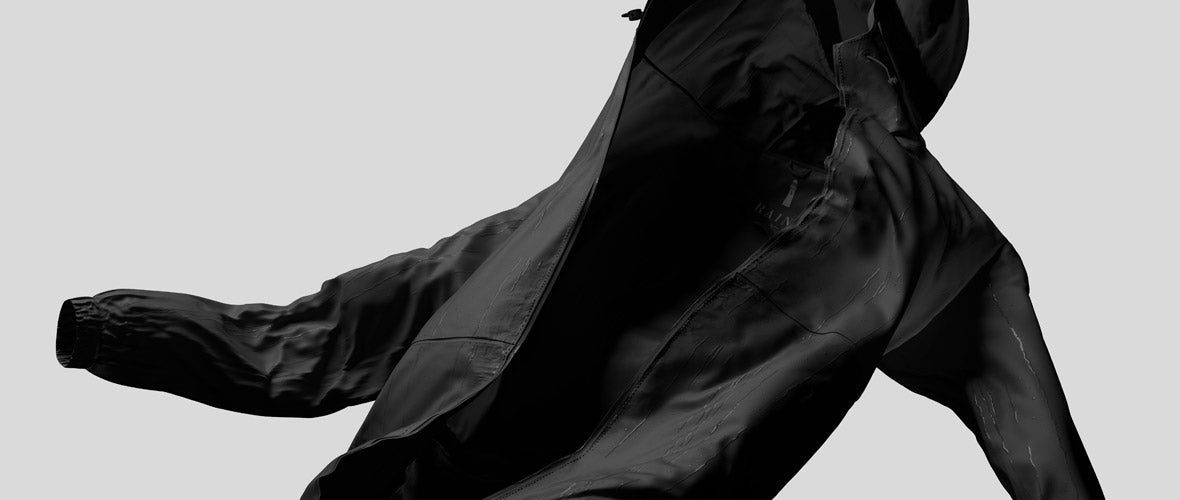When it comes to Work Jackets - or any workwear - there's always going to be a lot of history around it. Here at Number Six, we like to keep ourselves familiar with the origins of as much menswear as we can. Whether that means doing our fair share of research, or understanding design details and their purposes. These days you'll find a lot of brands offering some kind of standard design work jacket.
This isn't enough for us menswear fanatics, though, nowadays we can find variations to our heart's content: style, colour, weight and so on. For instance, Universal Works Bakers Overshirt made using a cotton poplin makes for a great example of a weight variation - the same silhouette and design features, just in a much more summer-friendly fabric.
So, what exactly does a standard design involve?
As the name suggests, work jackets are primarily functional. That's the roots they emerged from, and it's where they'll stay. Form following function is one of our favourite aspects of menswear, it paves the way for incredible design. Because of this, work jackets typically sport a 3 patch pocket style (two at the hips, one at the chest). Occasionally you might find one hidden on the inside, or two patch pockets at the chest, you get the idea.
To get a little more technical: work jackets typically sport reinforced seams, deep cuffs, roomier shoulders and a mid to heavyweight fabric (usually cotton twill or canvas). There's even a reason behind the generous patch pockets: they're easy to replace. Meaning, if one got a hole, you just change it for another - simple!
They're cut to go over almost anything, so you've got utilitarian vibes all day long. If you were a working man back in the day, you wouldn't have time to figure out proper layering, obviously. Thankfully, this means they're they're designed to overcome it and hold everything you might need in their pockets - ingenious.
Finding its place in history
Starting in the late 1800s in France, the name 'bleu de travail' was coined. It refers to the indigo-dyed jackets the farmers, craftsmen and railway workers wore in France. They'd usually pair it with matching trousers for daily work - but we hear that for Sundays at church, they'd wear their jackets in black. As soon as this traditional workwear moved to the UK, you'd see it on miners, labourers and industrial workers as soon as the revolution happened. The most traditional pieces will have looked something like the Portuguese Flannel Labura Jacket in blue, this is one of the best pieces around at the minute when looking for authenticity.
It's around this time in the mid-1900s that this traditional French workwear moved across the Atlantic and found itself in America. Since then it's gained huge popularity, and it's commonly known to represent an 'American work ethic and spirit'. This reputation was helped significantly by brands like Dickies adopting the style. You'll know as well as we do - anything Dickies is immediately born into the 'hard-working American' bracket. And if the trends are anything to go by, that's definitely not a bad thing.
Enter: Bill Cunningham
Cult icon, street style game-changer, humble-until-the-end, Bill Cunningham. Just like Steve McQueen and James Dean had their Persol sunglasses, Bill had his trusty blue work jackets. Having passed away in June 2016, one of the things he's ultimately remembered for is his ever-present blue chore jacket.
He fell in love with the jacket because of its undeniable functionality, and he wore one every day since then. Bill became known for it, alongside his incredible work in street style photography. He's proof that if you're looking for something timeless - you've got to go for a chore jacket.


